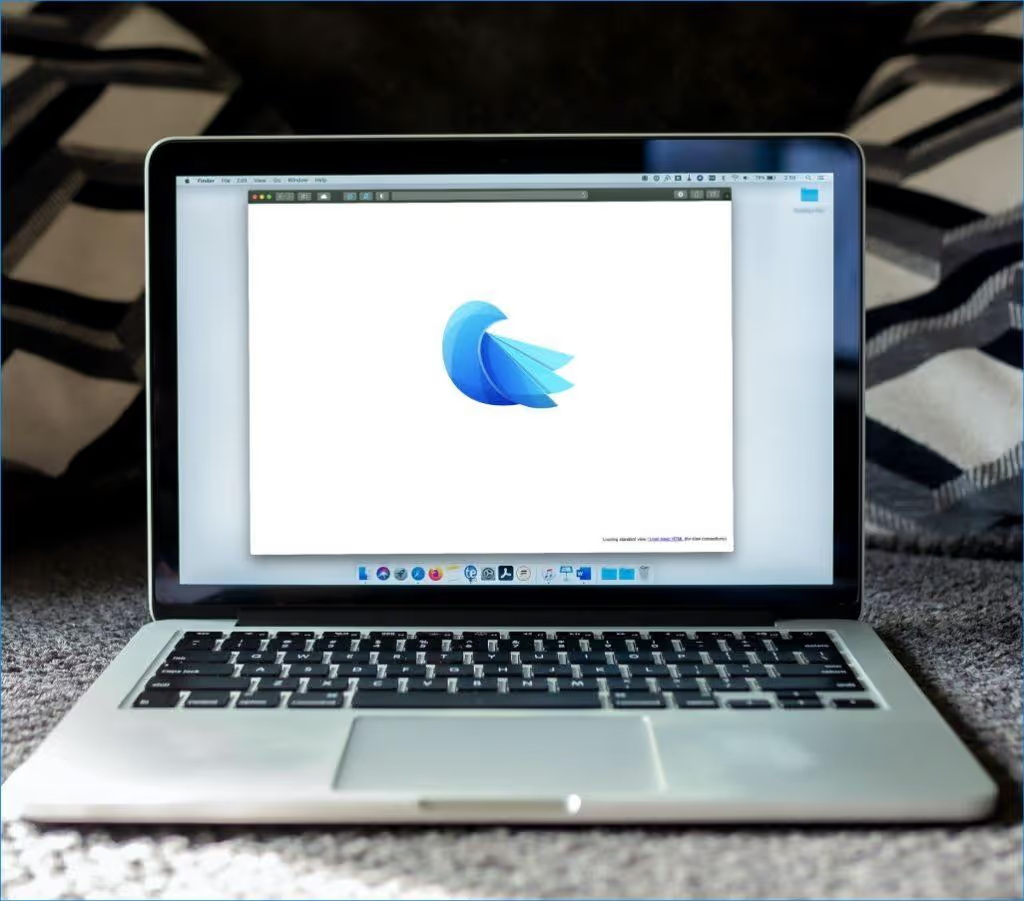In our increasingly connected world, the role of email and calendar applications in facilitating both personal and professional interactions is undeniable. They serve as our personal assistants, helping us organize our schedules, remember tasks, and ensure smooth communication. Among these tools, the Mail and Calendar app, a native Windows 10 email client, has gained significant popularity. Yet, the digital landscape is teeming with alternative options, each boasting unique features and benefits. This article delves into these alternatives to Windows Mail and Calendar, shedding light on their functionalities, user-friendliness, and affordability.
A Nod to the Past: Windows Live Mail
Before the emergence of the Mail and Calendar app, Windows Live Mail reigned supreme as the preferred email client for many. As a component of the Windows Essentials suite, it offered users the convenience of managing multiple email accounts. Logging into Windows Live Mail was a breeze, providing easy access to emails.
However, the advent of the Mail and Calendar app marked the end of Windows Live Mail's era. Yet, for those who still appreciate its interface and functionality, the Windows Live Mail download remains available.
Understanding Mail and Calendar
The Mail and Calendar app is Microsoft's built-in email app for Windows 10. It offers an integrated calendar and the ability to manage multiple email accounts. The app allows users to sync their emails and calendar events across all their devices, providing a seamless experience. However, despite its features, some users find the app lacking in certain areas, leading them to seek alternatives.
Exploring Alternatives to Windows Mail and Calendar
When looking for alternatives to the Mail and Calendar app, there are several factors to consider. These include the features offered, the ease of use, and the cost of the alternative. Here, we explore some noteworthy alternatives, starting with Canary Mail.
Noteworthy Windows Mail and Calendar Alternatives
Canary Mail
Canary Mail is a secure email client that prioritizes user privacy. It offers an intuitive interface and robust features, including end-to-end encryption and smart filters. It also supports most email providers, making it a versatile choice.

Thunderbird
Thunderbird, a product of Mozilla, is an open-source email client that provides an array of features such as an integrated calendar and intelligent folders. This free alternative is compatible with Windows, Mac, and Linux.
Gmail/Google Workspace
Google provides a dual offering - a free email service (Gmail), and a premium suite (Google Workspace) that encompasses email, calendar, and a host of productivity tools. Being web-based, Gmail and Google Workspace can be accessed from any device with an internet connection.
eM Client
eM Client is an email client compatible with Windows and Mac, offering features akin to Mail and Calendar, including an integrated calendar and task management. It also supports PGP encryption, enhancing security.
Mailbird
Mailbird alternatives offer Windows-based email clients that boast sleek, customizable interfaces and a plethora of features. It supports multiple accounts and integrates seamlessly with a variety of apps, including social media and productivity tools.
Spark
Spark, available for Mac, iOS, and Android, provides smart email sorting and prioritization. It also excels in team collaboration features, including shared email drafting and comments.
Mailspring
Mailspring alternatives include desktop email clients compatible with Windows, Mac, and Linux. It offers a minimalist design and a range of themes. Mailspring supports multiple accounts and provides features such as read receipts and email snoozing.
Shift
Shift is a desktop app that allows users to shift between multiple Gmail accounts and other apps. It offers a unified search across all accounts and the ability to create shared workspaces.
Spike
Email clients like Spike offer unique approaches to email, presenting emails as chat conversations. It also offers features like tasks, notes, and audio and video calls.
Pegasus
Pegasus Mail is a free, standards-based electronic mail client suitable for single or multiple users on single computers or on local area networks. It has a strong emphasis on security and protective features to prevent malware and spam.
Protonmail
ProtonMail is a secure email service that prioritizes privacy and security. It offers end-to-end encryption and is based in Switzerland, which has strong privacy laws.
Front
Front is a collaborative email platform that allows teams to share an inbox and collaborate on responses. It integrates with other tools and offers features like shared drafts and internal comments.
Conclusion
Selecting the appropriate email and calendar application is a pivotal step in streamlining your digital interactions. While the Mail and Calendar app brings a host of features to the table, exploring the best email clients for Windows reveals alternatives that cater to diverse needs. Whether your focus is on privacy, user-friendliness, or teamwork, rest assured there's a suitable option waiting for you.
So, venture into these Windows Mail and Calendar alternatives and pick the one that aligns best with your requirements. After all, the optimal email client is the one that enables you to handle your emails and calendar events with the utmost efficiency. Ready to experience secure, AI-powered email management? Download Canary Mail today.
Windows Mail and Calendar Alternatives | FAQs
Can I uninstall Mail and Calendar if I use Outlook?
Yes, you can uninstall the Mail and Calendar app if you prefer using Outlook or any other email client. However, before uninstalling, ensure that you have another email client installed and set up to manage your emails and calendar events. Remember to back up any important data before making the switch.
What is the difference between Windows 10 Mail and Calendar and Outlook?
Outlook and Windows 10 Mail and Calendar are both Microsoft products but differ in complexity and usage. Outlook is a comprehensive, paid tool part of the Microsoft Office suite, offering advanced features like email management rules and integrated task management. It's designed for business use and is available on multiple platforms.
On the other hand, Windows 10 Mail and Calendar are separate, simpler, and free applications pre-installed with Windows 10. They offer basic email and calendar functionalities and are primarily designed for personal use on Windows devices.